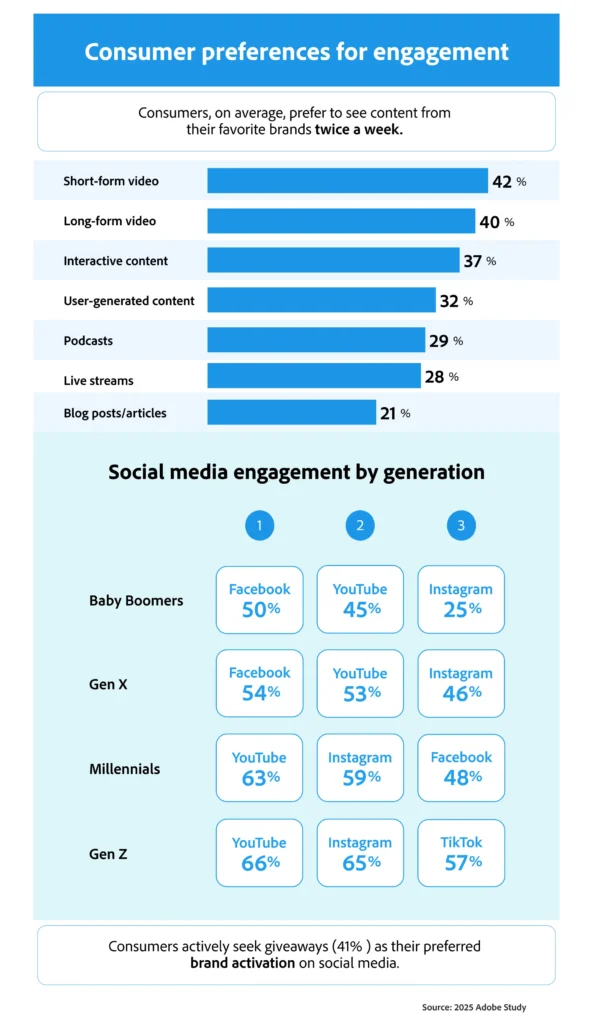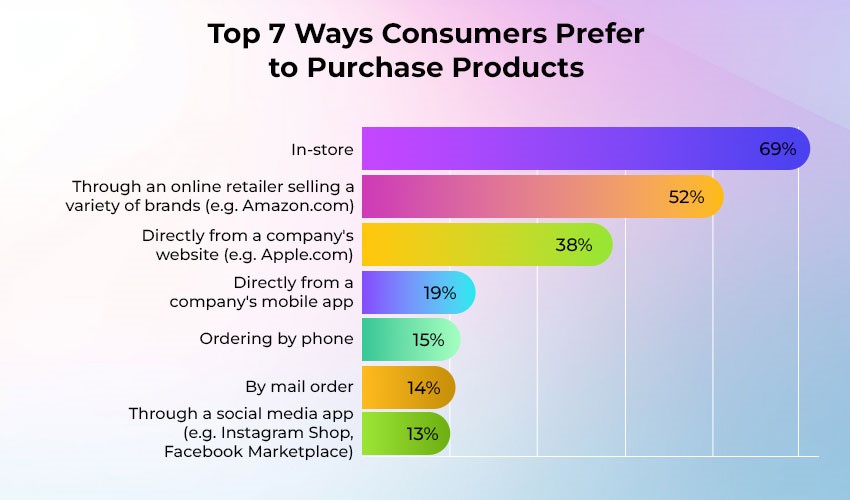The Rise of the Data-Driven Marketing
Gone are the days when marketing was just about gut feelings, viral jingles, or throwing money at a billboard. Today’s most effective marketers are part scientist, part psychologist, and fully fluent in data. They’re called data-driven marketers, and they’re shaping the future of brand success—especially when it comes to the most complex, fast-moving generation: Gen Z.
Gen Z = Algorithm Natives
Born between 1997–2012, Gen Z doesn’t just use tech—they live in it. Their preferences shift fast, but their expectations are consistent:
- Personalization
- Relevance
- Value-aligned messaging
According to Adobe’s 2024 Consumer Report, 74% of Gen Z shoppers will leave a site if it’s not personalized. That’s your clue. If your marketing isn’t backed by data, you’re likely losing them before they even scroll.

So, Who’s a Data-Driven Marketer (and Why Gen Z Cares)
A data-driven marketer is someone who:
- Bases creative and strategic decisions on actual customer insights
- Tracks what content performs—and why
- Uses A/B testing, conversion analytics, and behavioral data
- Measures not just vanity metrics (likes, reach), but impact metrics (retention, ROAS, LTV)

They live in dashboards but breathe creativity. Instead of relying on assumptions, they let numbers guide strategy.
But don’t get it twisted: this isn’t about spreadsheets alone. It’s about translating data into human understanding.
They ask:
- What do my customers truly care about?
- Where do they hang out digitally?
- What kind of content makes them pause, click, comment—or scroll away?
And then they test, tweak, and optimize every touchpoint based on those answers.
Netflix – Data-Driven Storytelling
It doesn’t just greenlight shows based on creative pitches alone. It looks at data: what genres are trending in specific regions, what types of characters viewers rewatch, and even when people stop watching a series. This is how they knew Gen Z would binge shows like Wednesday or Heartstopper—they followed the digital breadcrumbs.
That’s data-driven marketing and product development working in sync.
TALA – Data-Driven Sustainability for Gen Z Bodies
TALA, a UK-based activewear brand founded by Gen Z influencer Grace Beverley, cracked the code on sustainable fashion and body inclusivity—two core Gen Z values.
- Using data from customer reviews, return rates, and fit surveys, they refined their sizing charts and reduced refund requests significantly.
- TALA also tracked search data and wishlist behaviors to decide which colors and pieces to restock or retire.
They pair purpose with performance metrics. Data isn’t just used to sell—it’s used to solve.
Tala uses data like a PRO. They use return rate data, fit feedback, and shopping behavior to refine sizing and sustainability messaging. They don’t just guess what Gen Z values—they measure it.
Fabletics Men – Micro-Segmentation for Maximum Conversion
The men’s line from Fabletics doesn’t have the mainstream hype of its women’s brand, but its data-driven strategy deserves applause.
- Based on real-time website behavior and demographic data, users see different homepage layouts depending on who they are (new visitor vs. loyal customer).
- They track clickstream data to understand shopping friction points and retarget users with personalized bundle offers.
- On TikTok, they use engagement-based audience insights to serve “shop-the-fit” content using creators with specific body types and interests.
For a Gen Z consumer, seeing someone who looks like them in relatable scenarios builds instant trust—and conversions.
Fabeltics customizes landing pages and offers in real-time using user segmentation and TikTok engagement data. Data isn’t just backend—it’s front-and-center in the user journey.
(If you’re enjoying this article, you might like to subscribe to our bi-weekly email newsletter AMPlify. We share new blog articles, videos, and valuable ideas on AI, Marketing and Performance insights to grow your business. We assure you that we will never spam you, sell annoying courses or packages, or bug you with anything non-useful.
Why Gen Z Cares
This generation isn’t just mobile-first—they’re algorithm-native. They’re used to hyper-personalized experiences across platforms like TikTok, Spotify, and YouTube.
According to a Campaign Monitor report, 63% of Gen Z consumers say they’re more likely to shop from a brand that personalizes experiences to their behaviors.
They crave relevance. And data makes that happen.
So, What Makes a Great Data-Driven Marketer in 2025?
They aren’t just marketers—they’re audience translators.
- Curious: Obsessed with the “why” behind every metric
- Analytical: Knows when to zoom in on a heatmap and when to zoom out on conversion trends
- Empathetic: Understands data tells a story—but the story is still about humans
- Creative: Uses insights to create smarter, not louder, campaigns
Must-Have Tools for Data-Driven Marketers
- Google Analytics 4 (GA4)
- Track user journeys across mobile & web
- Spot high-exit pages and low-conversion flows
- Create custom reports segmented by Gen Z behaviors
- Hotjar or Microsoft Clarity
- Visual heatmaps, session recordings, and scroll-depth data
- Understand where Gen Z is dropping off on your landing page
- Combine quantitative with behavioral insight
- SparkToro
- Find out where your audience hangs out online (podcasts, influencers, hashtags)
- Super useful for Gen Z, who often discover brands through niche creators and communities
- Klaviyo or Drip (for DTC brands)
- Trigger email/SMS flows based on Gen Z buying behavior
- Personalize campaigns using predictive analytics (e.g. expected next purchase date)
- Typeform or Tally
- Collect zero-party data through fun, interactive quizzes
- Ask Gen Z what they want—and reward them for it
- Great for onboarding flows, feedback loops, and co-creation
- A/B Testing Tools (Google Optimize, VWO, or Convert)
- Test landing page copy, creative formats, and CTAs
- Use micro-conversions (like scroll time or clicks) as your guide
TL;DR: Data Is the New Empathy
To truly connect with Gen Z, brands need to stop guessing—and start listening.
But “listening” in 2025 means understanding bounce rates, optimizing scroll-depth, and tracking sentiment through creator mentions.
So, the next time someone asks if your marketing is “working,” ask them this:
“Do we know what our Gen Z audience really wants—or are we just hoping to go viral?”




